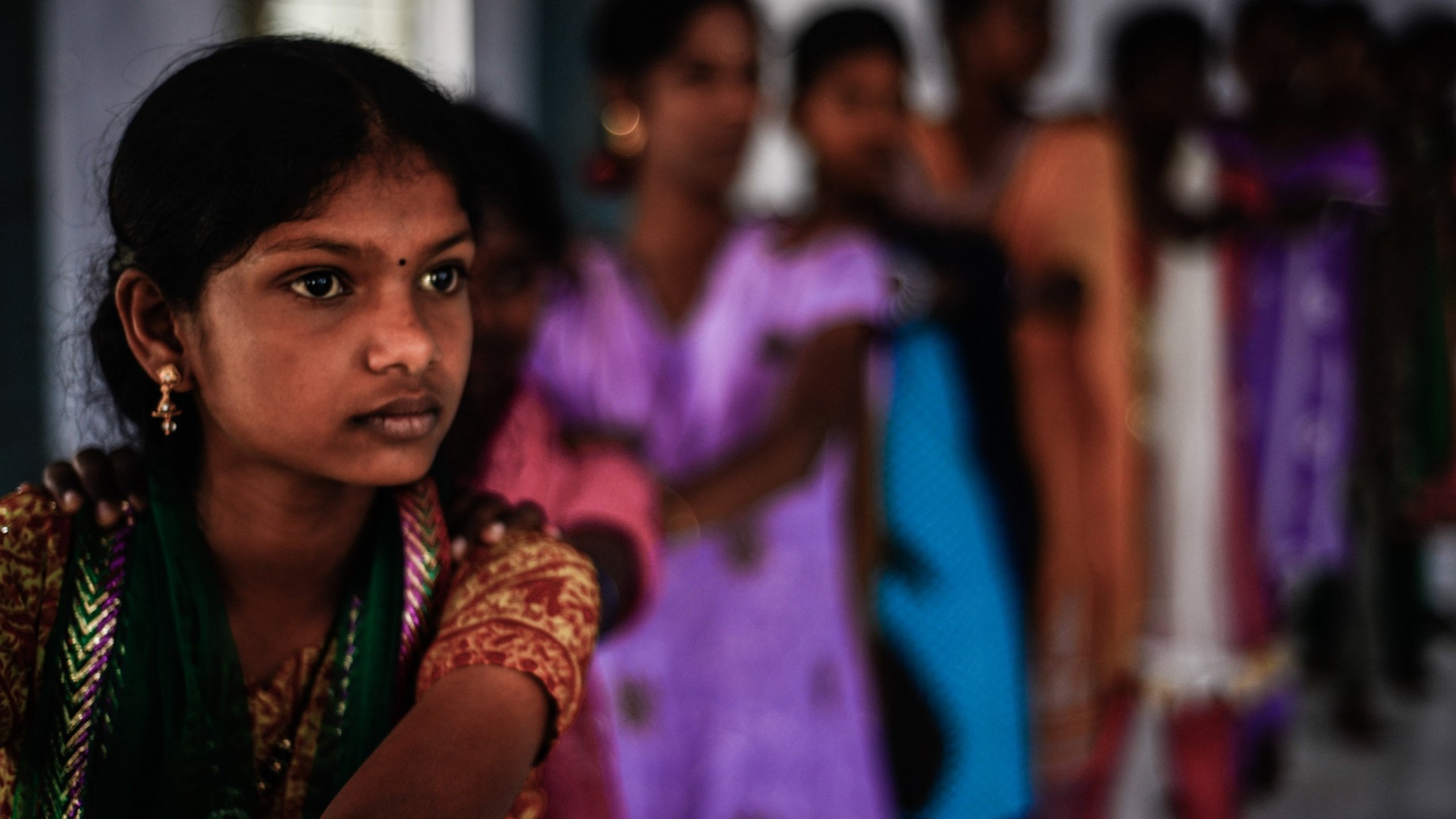Reduction of Child Labour
2 February 2019 C&A Foundation

What did we evaluate?
Reduction of Worst Forms of Child Labour in Textile Supply Chains (ROWCL) was implemented from October 2011 to June 2015 in four districts of Tamil Nadu, India.
In this region, Sumangali schemes operated by textile mills perpetuate a contemporary form of slavery and child labour, underpaying female workers and restricting individual worker freedom to move, leaving them vulnerable to exploitation without protection.
The objective of ROWCL was to protect girls and young women from the practice of bonded labour under Sumangali schemes in the Indian state of Tamil Nadu.
The initiative was implemented by Terre des hommes (Tdh) Germany, and Community Awareness Research Education Trust (Care-T), with funding from C&A Foundation.
“Focusing on relevant priorities for survivors, including income-generating activities, is critical for successful rehabilitation.”
Tamil Nadu, India
Results
Protection and Rehabilitation of Sumangali Survivors:
Very positive outcomes were reported in relation to restoring the physical and mental health of survivors. Health conditions improved in almost 100% of cases. The reduction in the number of girls recruited for bonded labour is difficult to measure on a larger scale, however, in some of the communities visited, ROWCL contributed to a reported 50% reduction of recruitment for bonded labour.
Access to Education and Alternative Employment:
Education and skills training were key to protecting families against Sumangali schemes. The school enrolment campaign covered more than 12,500 people in 92 locations. In total, 845 girls were reintegrated into school and/or received educational support. Success rates of young women who passed vocational training into generating an income were high - almost 100% of the beneficiaries.
Linkages with Government Welfare Measures:
Synergies with government support schemes (for children and their families) were created to enforce the rights-based approach of the initiative. Applications for 1,999 families were processed for economic support. Many of these applications were pending at the time of the evaluation due to inefficiencies and corruption in government
ROWCL created a comprehensive, common understanding of child labour and raised wider concerns on the most pressing issues around hidden child workers in Tamil Nadu's textile mills. However, provisions to address the root causes of Sumangali, namely the poverty and vulnerability of marginalised, migrant families, need to be tackled as well.
What did we learn?
- Focusing on relevant priorities for survivors, including income-generating activities, is critical for successful rehabilitation. This is best done by exploring several options for rehabilitation, based on survivor interests, motivations and qualifications;
- It is important to create synergies between partners with a multi-stakeholder approach by involving government departments with a mandate for child protection and establishing cooperation with similar and complementary programmes;
- Integrating free services and value additions for survivor rehabilitation is essential, for example, by providing counselling, life skills education, psychosocial care and treatment referrals;
- Raising awareness about, and access to, government services helps survivors claim rights for financial and material assistance that reduces the burden on vulnerable individuals and families;
- Capacity of local implementing partners underpins success, with sound expertise, good management structures, trained staff and monitoring mechanisms for efficient implementation all proving important.
Evaluation conclusion: Education and skills development were effective instruments in the struggle against forced labour. The initiative worked towards sustainability of outcomes at the beneficiary and community level by changing the mind-set and behaviour of beneficiaries and by empowering and building the capacity of stakeholders.
Download the full evaluation report (PDF)
